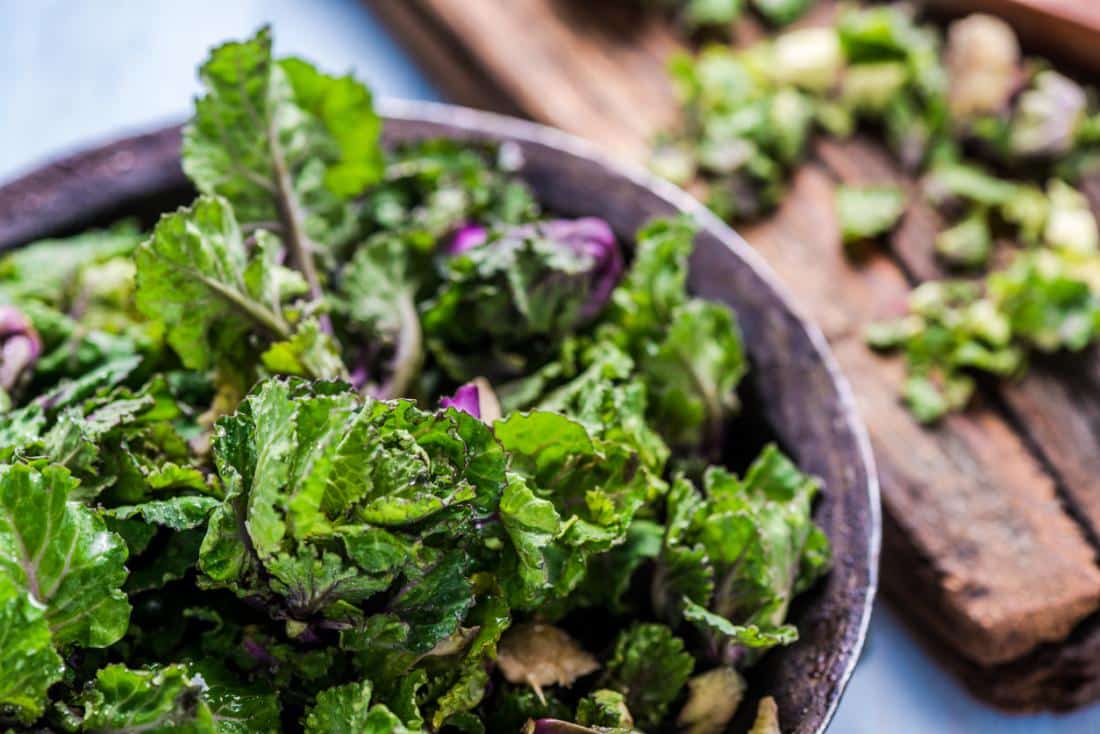939
Kale is a typical seasonal vegetable in winter, which provides lots of vitamins and nutrients during the cold season. In this practical tip, we explain just how healthy green cabbage really is
So healthy is kale
You can find this healthy, green cabbage vegetable from October to January – perfect for the cold season when there is no more seasonal fresh fruit. You can prepare kale in many different ways. We present the best recipes in another practical tip.
- Kale is particularly low in calories and fat. So it’s perfect if you want to keep an eye on your figure over the Christmas period. 100 grams of kale contain around 37 kilocalories and less than one gram of fat.
- It also contains a particularly high amount of calcium. Just 100 grams of the vegetable is enough to meet your daily requirement.
- The large amount of vegetable protein that kale contains is not only important for vegetarians and vegans. It is particularly well tolerated and essential for your body
- Green cabbage also contains many valuable antioxidants.
- Kale contains more iron than red meat. It is therefore effective against the widespread iron deficiency, which can manifest itself in tiredness and reduced concentration, among other things.
More healthy benefits of kale
The more gently you prepare kale, the more likely it is to retain its important nutrients and vitamins. It is therefore better to steam or blanch it instead of frying it. It is also better to use fresh kale from the market rather than the jarred variety.
- Kale is one of the most important sources of vitamin C with 105 milligrams of vitamin C per 100 grams.
- Vitamins E and K are also included. The former helps to improve the appearance of the skin, while vitamin K is important for blood clotting.
- Numerous minerals also make cabbage so healthy. It contains around 500 milligrams of potassium per 100 grams, as well as magnesium, phosphorus, zinc and iron.
- The omega-3 fatty acids, which are also abundant in kale, have an anti-inflammatory effect, promote wound healing and prevent heart disease.
- A number of studies have shown that kale lowers your cholesterol levels. We explain what this means and why it is important in another practical tip.

